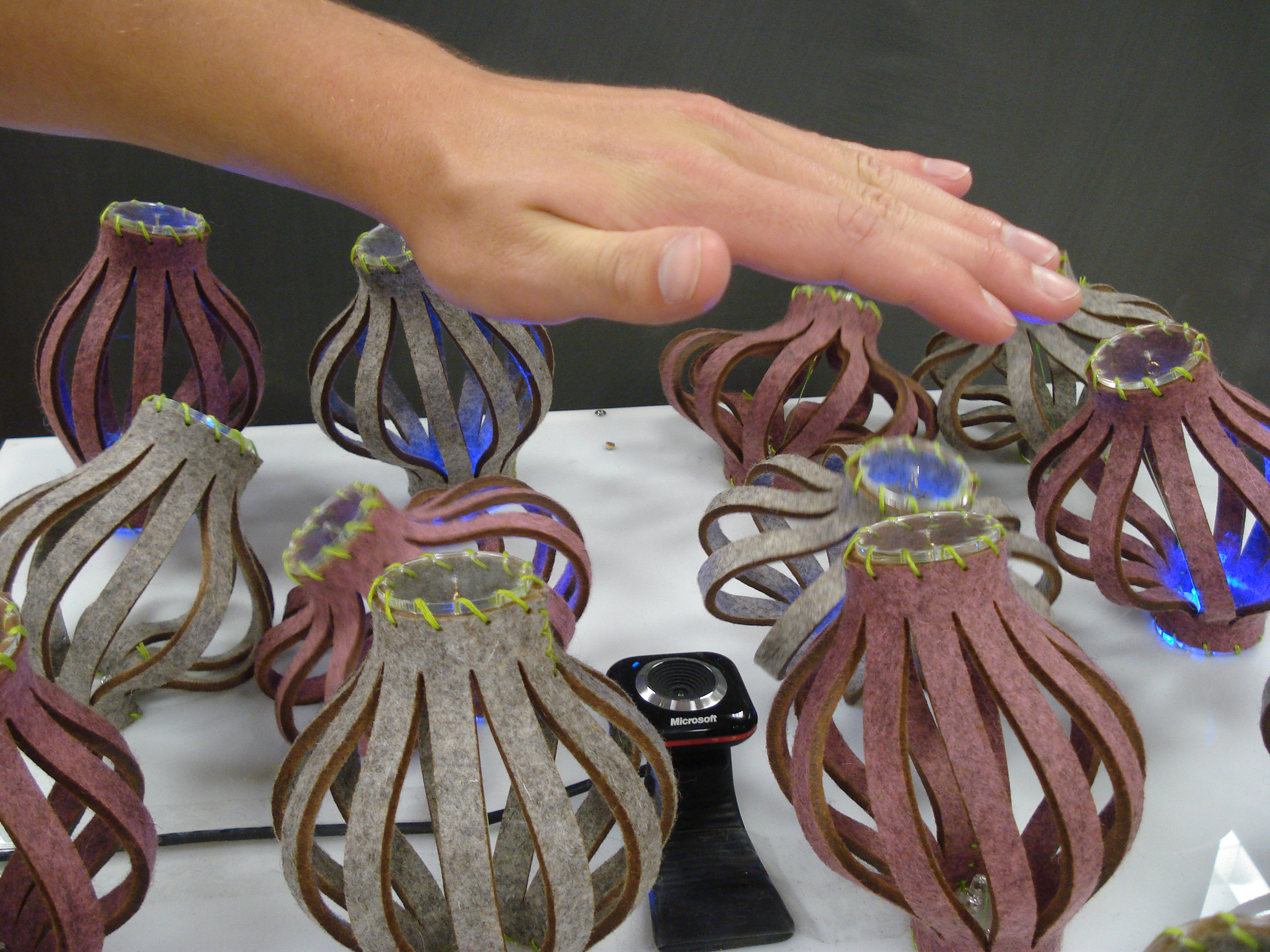Virginia Tech adopts strategic plan for the arts

When Charles W. Steger became president of Virginia Tech in 2000, he announced his desire to enhance the presence and practice of the arts on campus, stressing the importance of educating the whole person.
"We owe students more than a preparation for life at work," Steger said. "We owe students the opportunity and means to educate themselves beyond work and after work." At the Virginia Tech Board of Visitors meeting on Monday, the university made another large stride toward educating the whole person with the presentation of a strategic plan for the arts.
The strategic plan for the arts identifies broad goals encompassing academic, as well as university-level initiatives and priorities. Briefly, the strategic plan calls for the university to
- Strengthen learning through the arts by providing a robust array of academic programs that are rigorous and sustainable, and by embarking upon programmatic opportunities that integrate the arts.
- Strengthen discovery through the arts through the creation of an integrative trans-disciplinary institute that will pull together a group of academic faculty and their associates to pursue research goals that draw upon two or more disciplines and leverage innovative technologies.
- Strategically advance transformative educational learning models and creative educational research methodologies to PK-12 and higher education classrooms and learning environments.
- Provide exceptional facilities and space that advance new methods of performance, teaching, research, and student and community engagement.
- Strengthen individual cultural awareness and increase arts participation of university citizens, surrounding community members, and arts patrons.
The university's cornerstone initiative in the arts is the Center for the Arts at Virginia Tech, which will open in fall of 2013. The Center for the Arts will include a 1,260-seat performance theatre, visual arts galleries, and the Institute for Creativity, Arts, and Technology. The institute will be a laboratory for innovation, where faculty and students in coordination with partners from Virginia’s school systems can research, develop, and apply modules for learning in a collaborative, trans-disciplinary setting.
Paul Knox, University Distinguished Professor and Senior Fellow for International Advancement, led the development of the strategic plan for the arts. He was joined in this endeavor by the Arts Policy Board: Truman Capone, School of Visual Arts director; Jack Davis, dean of the College of Architecture and Urban Studies; Sue Magliaro, School of Education director and associate dean for professional education; Mark McNamee, senior vice president and provost, and Arts Policy Board chair; Patty Raun, associate professor and head of the Department of Theatre and Cinema; Minnis Ridenour, Senior Fellow for Resource Development; Sue Ott Rowlands, dean of the College of Liberal Arts and Human Sciences; Dwight Shelton, vice president for finance and chief financial officer; Edward Spencer, vice president for student affairs; Julie Walters Steele, director of university unions; and Ruth Waalkes, executive director of the Center for the Arts.
"The arts engage and inspire all of us; they are an essential part of the academic program at Virginia Tech," said McNamee. "The strategic plan for the arts brings more than new buildings, its impact will add value for all of our academic units and all of our students."
In addition to the Board of Visitors, the strategic plan for the arts has been presented to the Academic Council, the Deans Council, the Executive Committee of the Department Heads Council, and the Faculty Senate. Schools, departments, faculty, staff, and students will be actively involved in setting specific programming priorities and implementation of the plans.
Dedicated to its motto, Ut Prosim (That I May Serve), Virginia Tech takes a hands-on, engaging approach to education, preparing scholars to be leaders in their fields and communities. As the commonwealth’s most comprehensive university and its leading research institution, Virginia Tech offers 240 undergraduate and graduate degree programs to more than 31,000 students and manages a research portfolio of $513 million. The university fulfills its land-grant mission of transforming knowledge to practice through technological leadership and by fueling economic growth and job creation locally, regionally, and across Virginia.




